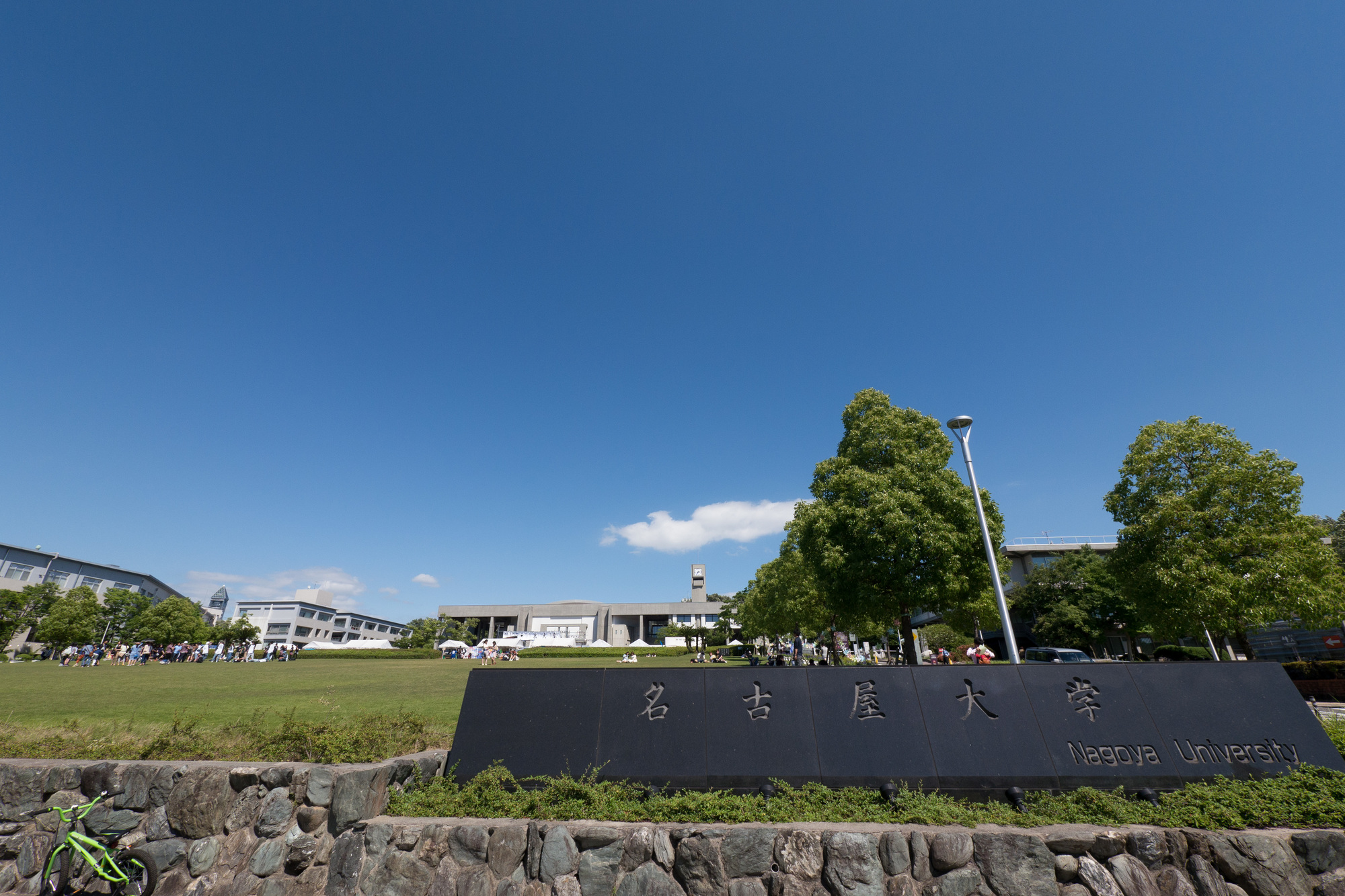A research group at Nagoya University used a U-shaped supramolecular complex as an asymmetric catalyst for an organic reaction, and succeeded in obtaining a desired substance, which had been difficult to synthesize, with high selectivity and high yield.
A catalyst is a substance that promotes a chemical reaction and does not change by itself.Enzymes play a role of catalyst in the living body, and a cavity called "key hole" near the catalytic active site selectively takes in a specific raw material compound (substrate) (substrate selectivity) and a specific chemical reaction. By promoting (reaction selectivity), the desired product is obtained.
On the other hand, conventional chemical catalysts (artificial enzymes) have a relatively simple shape and do not have elaborate keyways like enzymes, so they do not have functions such as substrate selectivity and reaction selectivity.It is not easy to selectively synthesize only the desired substance by chemical synthesis, and in many cases, various reactions occur at the same time to form a mixture.
To solve this problem, the research group prepared a U-shaped "tailor-made" supramolecular catalyst by a simple operation of mixing an acid and a base with a molecular design in advance.When this complex was tested as a catalyst in various reactions, the desired product was obtained in high yield.
When the size of the keyway of the supramolecular catalyst was estimated by calculation, it was found that the shape of the keyway changed conveniently in the process from the coordination of the substrate to the discharge of the product.This conformational flexibility is the same as the "induced fit" of an enzyme (a phenomenon in which the keyway of an enzyme changes conveniently to catalyze a chemical reaction), and the catalyst is U-shaped and has moderate suppleness. Therefore, it is thought that it was expressed.
This achievement, which achieved multiple selectivity comparable to that of enzymes for the first time as an artificial catalyst, can be said to be a major step toward establishing a catalyst design method for freely manipulating organic reactions.
Paper information:[Journal of the American Chemical Society] Chiral Supramolecular U-Shaped Catalysts Induce the Multiselective Diels–Alder Reaction of Propargyl Aldehyde

